Alternatives to Knee Replacement

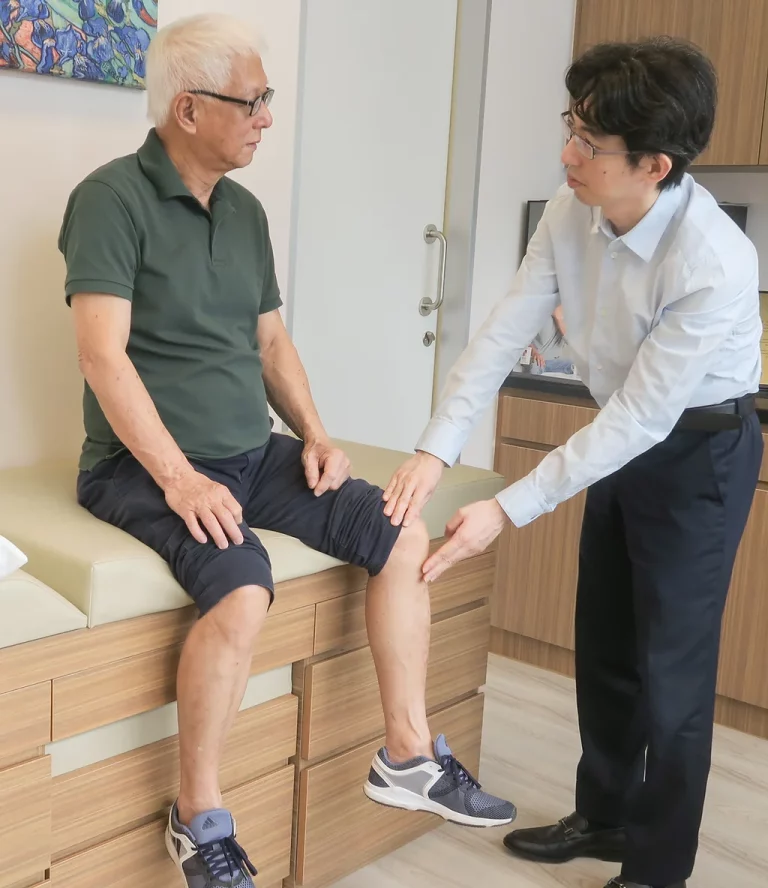
Alternatives to Knee Replacement
While Knee Replacement is a very good treatment to get rid of pain and allow walking and climbing stairs without pain, it may not be suitable for younger patients who are still active in life and activities.
In such cases, several alternatives exist.
These include:
– Injection of lubricant and marrow to stimulate some regeneration of damaged tissues
– Repair of the knee using Key-Hole Surgery to repair the damaged tissues in the knee
– Off-loading knee brace
Each have different effectiveness. Read more below.
Lubricant and Marrow Injections
This is a simple treatment and involves injecting a lubricant and marrow taken from the patient’s own pelvis into the knee.
This stimulates some regeneration and stabilises the damaged tissues in the knee, including cartilage.
It is a simple treatment that takes just 30min, and involves only a 2mm cut over the pelvic bone.
However, it is not expected to be a long-term cure for Osteoarthritis pain. The typical effective periods may range from 6 months to 2 years, depending on each person’s condition.
Patients may undergo this treatment repeatedly over the years.
Key-Hole Surgery to Repair the Knee
This treatment first requires assessing the condition of the knee carefully, using a combination of physical examination, xrays and MRI scan. In particular, a dynamic assessment of the knee (ie examining the knee while it is moving) is very important to let our Specialist understand the condition properly.
- This treatment is done using a Key-Hole Surgery and the aim is to repair the damaged structures in the knee rather than replace them.
Such treatment is also known as ‘Knee Preservation Surgery’.
To be able to repair the Knee is certainly better than replacing it.
- At Centurion Orthopaedic Centre, many middle-aged and elderly patients benefit from our Repair techniques, thereby avoiding a knee replacement.
What can be done in Knee Repair Surgery?
Cartilage, Meniscus, Ligaments can be repaired or reconstructed.
Bone spurs can be removed, allowing more flexible movement of the knee.
Tight tissues at the back of the knee can be released, allowing the patient to straighten the knee.
Baker’s cysts (swellings at the back of the knee) can be removed.
Case A - Knee Repair in 39 year old
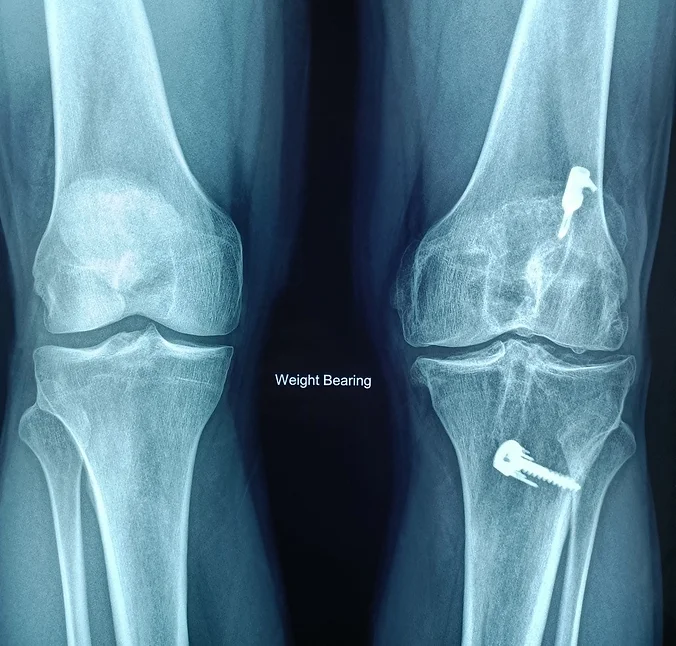
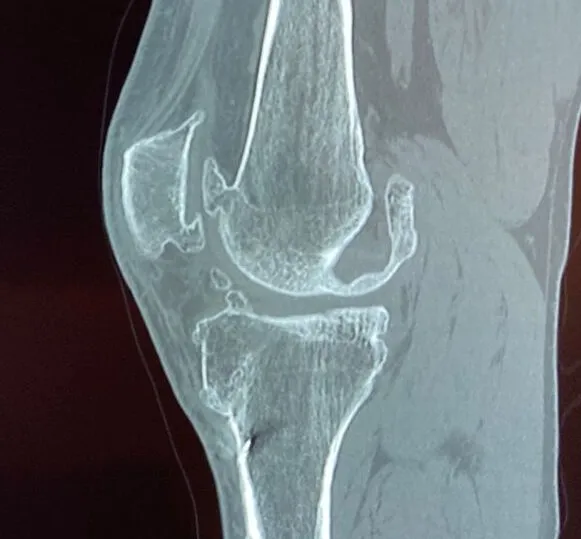
Multiple previous Left Knee injuries and surgeries
Condition now: Left knee pain due to Osteoarthritis, cartilage damage, menisci tears, large bone spurs (sharp bony pieces sticking out)
Patient underwent Knee Repair Surgery, consisting of cartilage repair, bone spurs removal, tight capsule release, menisci treatment
Post-operatively, patient has a much more flexible knee with markedly reduced pain and increase in functional ability.
Again, the blue outline indicates the Patella bone (top) and Femur bone (bottom), and the red marking indicates the normal cartilage.
In this case, the cartilage ulcer is over the Patella bone.
Case B - Knee Repair in 45 year old
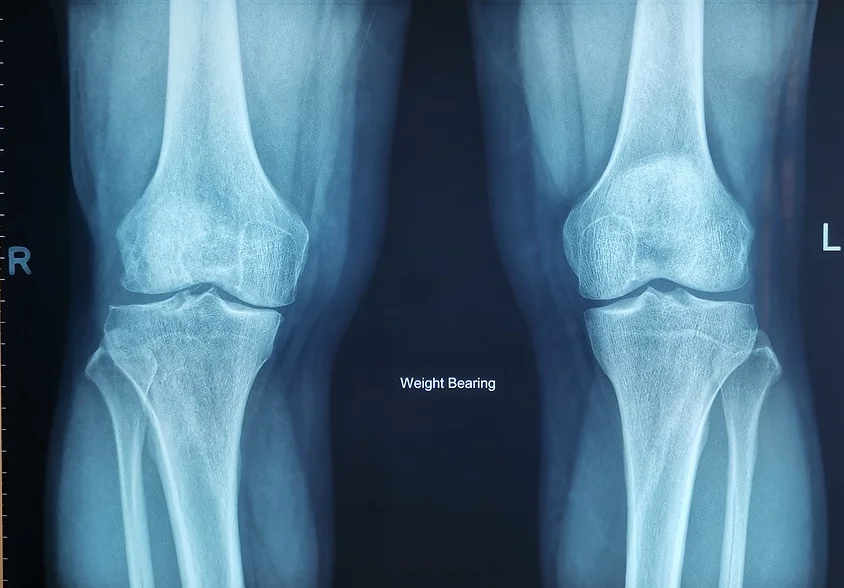
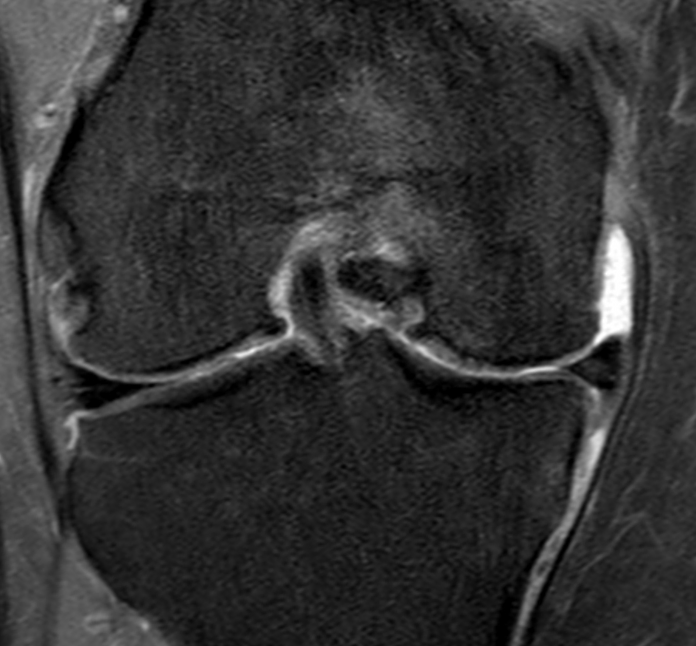
Right knee pain on the inside of the knee. Medial compartment Osteoarthritis. (See the collapsed gap between the bones of the right knee.
Condition now: Osteoarthritis, comprising of Medial Meniscus extrusion (on the right image, see the black triangle that is squeezed out from between the bones), and medial compartment cartilage damage.
Patient underwent Knee Repair Surgery, consisting of Medial Meniscus centralistion and cartilage repair.
Post-operatively, patient does not have the knee pain anymore and is able to resume his exercises.
Case C - Knee Repair in 55 year old
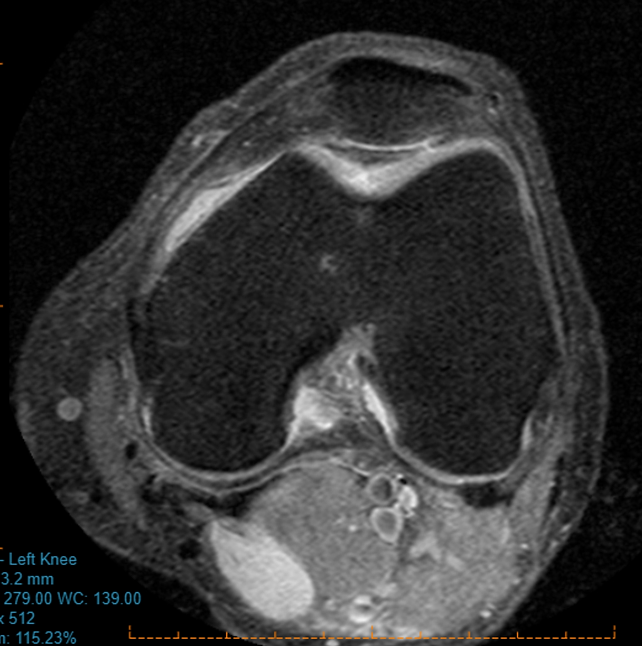

Knee pain at the front of the knee while running. Back of knee pain and calf pain while running.
Condition: Cartilage tear at the front of the knee, partially ruptured Baker’s cyst at back of the knee.
Patient underwent Knee Repair Surgery, consisting of removal of Baker’s cyst and repair of cartilage.
After treatment, patient does not have pain anymore and is resume running.
Case D - Knee Repair in 60 year old
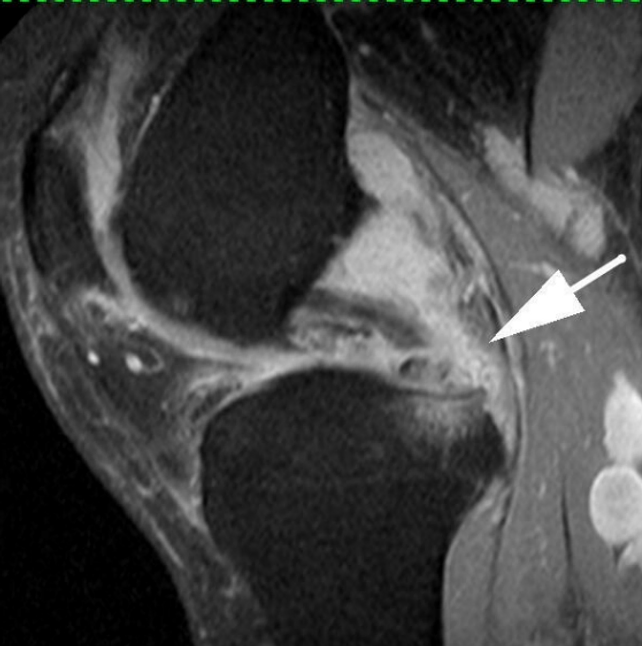
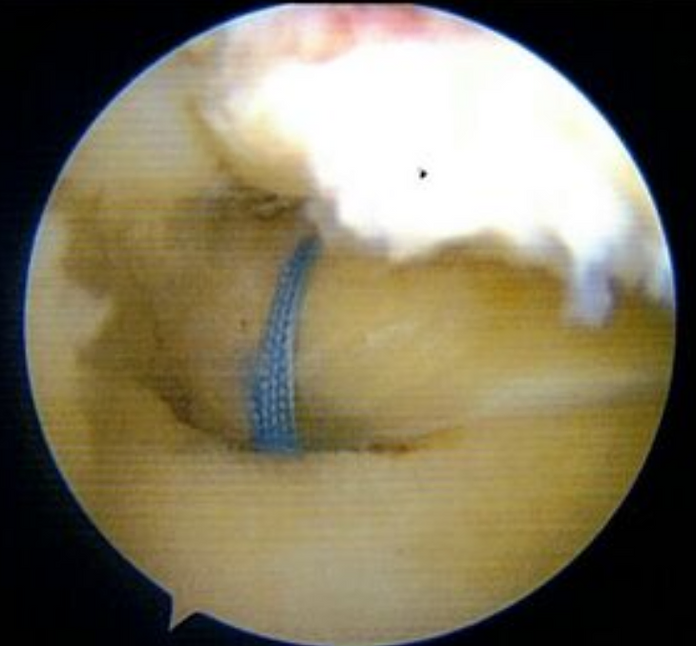
Knee pain at the back of the knee if sitting long, pain and stiffness when walking.
Condition: Meniscus root tear (Tear of the meniscus at the back of the knee, where it joins to the bone).
- Patient underwent Knee Repair Surgery, consisting of removal of meniscus root repair (the blue stitches are securing the meniscus and pulling it down to the bone).
After treatment, patient does not have pain anymore and is resume brisk walking.
Knee Off-loader brace
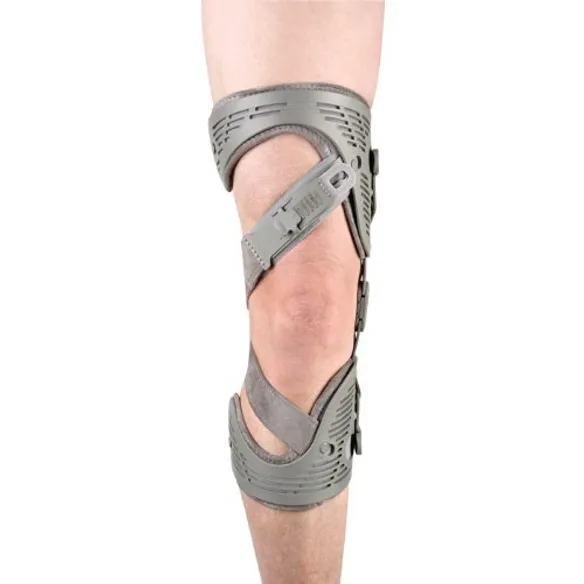
-
A Knee Off-loader brace shifts a person’s weight onto the less affected compartment of the knee, thus off-loading the painful compartment. Typically the pain is more severe on the inside of the knee, so the brace shifts the person’s weight onto the outside of the knee.
-
The downsides are that it has to be worn whenever the patient walks, and it can be quite uncomfortable due to the physical force on the knee and the weather.


